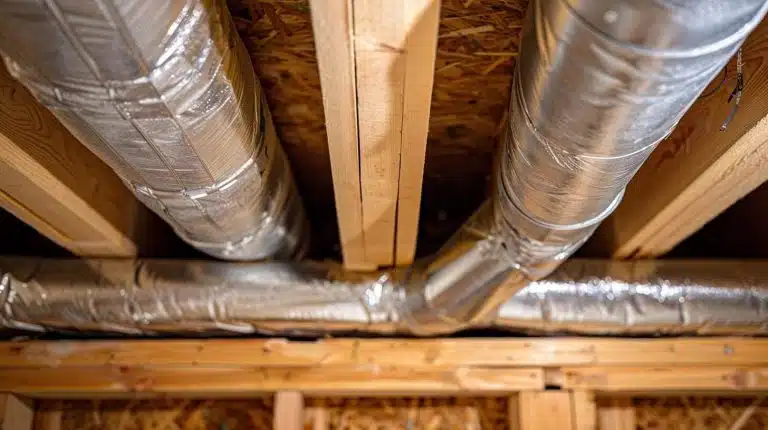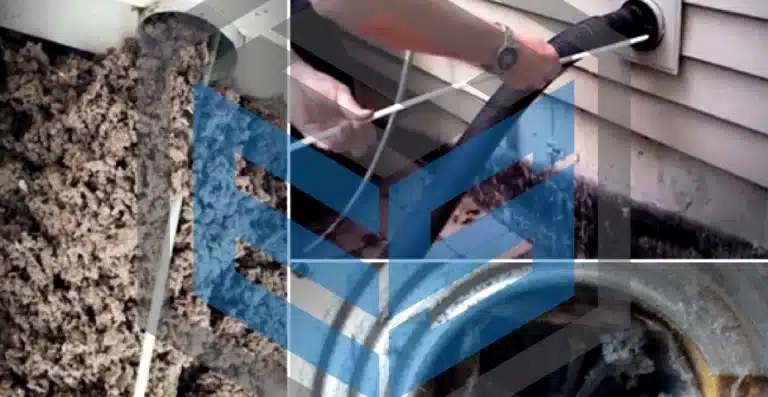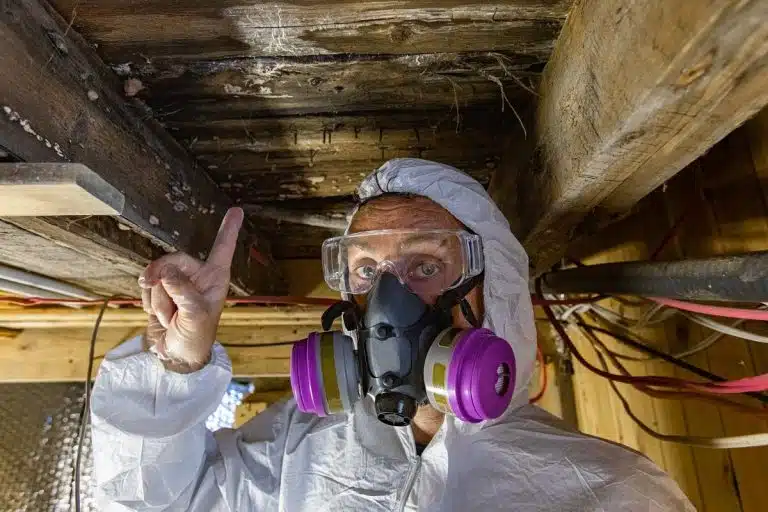How Sump Pumps Operate
To fully understand the nature of a sump pump, we need to take a look at its operational mechanism: the basic setting in which it performs its role in the home. The first thing to know is that sump pumps are installed in a ‘sump basin,’ which is a specially constructed pit in the lowest part of the house (again, usually a basement or crawl space). When water starts to accumulate in this basin, the sump pump comes to life with the help of sensors that detect rising levels of water pressure. When reaching a certain level, the pump springs to life and begins expelling the water through a discharge pipe, directing it away from the foundation of the home. As with many important devices in the home, a sump pump is extremely simple – but incredibly important.Power Source
As you may expect, sump pumps are powered by electricity, although many systems these days include a backup powered by batteries (or even water) to help function during any power outages. This type of sump pump design is especially handy during storms, which are a common cause of both power outages and flooding in most homes. You could view a sump pump as a form of insurance in some way: they only serve their role when really needed, and while the chances of needing them may be small in most cases, having one may prevent tens of thousands of dollars of damages and in that respect, given their relative affordability, they are worth having. So, sump pumps remove water when the levels rise – but where does sump pump water go, exactly? Let’s take a look.Where Does a Sump Pump Drain Water?

Different Types of Sump Pumps
Sump pumps come in various designs, sizes, and strengths, each designed for specific needs and various scenarios. Obviously, in an industrial setting like a warehouse or factory, larger-sized sump pumps are required in comparison to a residential crawl space sump pump, which is smaller than most people expect. Essentially, the sump pump purpose is always the same, but on different scales of use. Either way, to make the best choice, you will benefit from understanding the different types of sump pumps to help you select the right one. With that in mind, let’s go ahead and break them down:Submersible Sump Pumps
These sump pump units combine the pump and motor in one waterproof enclosure, sitting inside the water basin, and are generally pretty quiet and unobtrusive. Generally speaking, they are space-efficient and less prone to clogging, although their lifespan will be a little shorter due to constant water exposure.Pedestal Sump Pumps
With these types of sump pumps, the motor is mounted above the sump – keeping it nice and dry in the process – but still connected to the pump in the basin through a long hose. They are usually a little louder than submersible sump pumps but have a longer lifespan (and are also easier to maintain).Battery-operated Backup Pumps
As noted earlier, these emergency sump pumps come into play during power outages, making sure the pump stays fully operational when the time comes.Water-powered Backup Pumps
Less common but equally as reliable, these sump pumps use the home’s water pressure for operation and are useful when electrical backups aren’t an option. However, they can often increase water bills. In some areas, they are not permitted, so make sure you double-check with your sump pump expert in advance. As you can see, each type has its own set of advantages and is suitable for various situations, from heavy flooding risk areas to space constraints in the crawl space. You should now have a full understanding of how a sump pump works, but how exactly are they fitted, and is something something you can do yourself? Our final section in this useful guide for “What does a sump pump do?” will answer that for you.Sump Pump Installation

Can a sump pump be fitted by the untrained? In all honesty, it isn’t a great idea to install a sump pump unless you have a certain level of expertise. Installing a sump pump and preventing a wet crawl space will require professional expertise, especially considering the complex nature of the various associated factors like drainage and electrical connections.
Here’s what the process usually involves, when carried about by a professional. Or at least the four basic points of installing a sump pump.
- Location: First, a suitable, convenient spot in the deepest part of your basement is selected for the sump basin.
- Digging and Basin Placement: The basin is placed in a specially dug hole, making sure it’s level and stable.
- Pump Installation: The sump pump is then securely installed within the basin, connected to both the discharge pipe and the power source.
- Discharge Line Setup: The line is strategically routed to take water away from the foundation of your home, removing potential dampness problems.
Of course, there is quite a lot of fine detail missing there, but this isn’t a guide on how to install a sump pump. Those four points cover the main steps involved in fitting the sump pump.
Sump Pump Failures and Solutions
The chances of your sump pump failing are extremely remote, but there are a few potential issues that can arise from time to time, the most common of which include:
- Power Outages
Battery backups or water-powered pumps can be incredibly useful during electrical failures, so a sump pump with a battery backup system is highly recommended if you are prone to outages.
- Overwhelmed Pump Capacity
Upgrading to a pump with a higher horsepower can resolve this.
- Clogging
Regular cleaning and removal of debris from the basin and intake screen will help prevent clogging. An annual crawl space service is a good idea if you wish to avoid these issues.
Wrap-Up
Sump pumps are a must-have for maintaining dry and safe areas in basements and crawl spaces, especially if those areas are prone to water accumulation. With the right type of sump pump fitted by a trained professional, you will go a long way to preventing expensive water damage while also protecting the structural base of your home.

The Best Sump Pump Solutions? That’s EnviroSmart…
Having fitted thousands of sump pumps over the years, bearing witness to many properties that have been affected by water damage, we deeply understand just how important a properly functioning sump pump is in protecting your home.
If you are in the market for a new sump pump with installation, we have great news for you…
Our special offer of $300 off on sump pump system installation, redeemable with the coupon code KA9BUK and subject to on-site inspection, is now available once again for anyone who wishes to protect their home against untold water damage.
The experienced EnviroSmart engineers are ready to address your basement and wet crawl space issues, guarding against mold growth and awful, expensive, depressing structural damage to your lovely home.
Our range of services includes insulation, vapor barrier installation, rodent proofing, and much, much more for all of your attic and crawl space needs.
Don’t let water damage ruin your amazing home! Contact us at (206) 295-5925 for a free estimate, or fill out our online form for a free quote.







